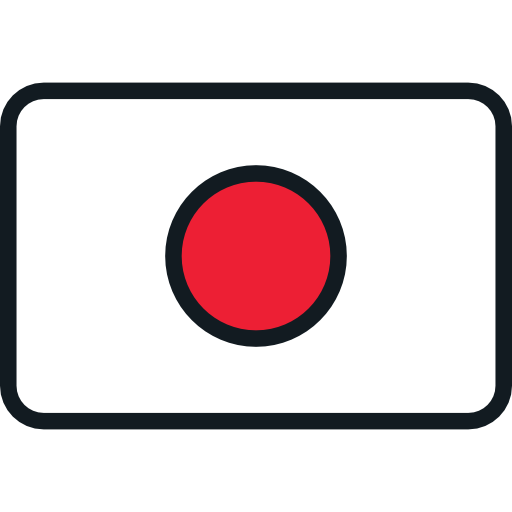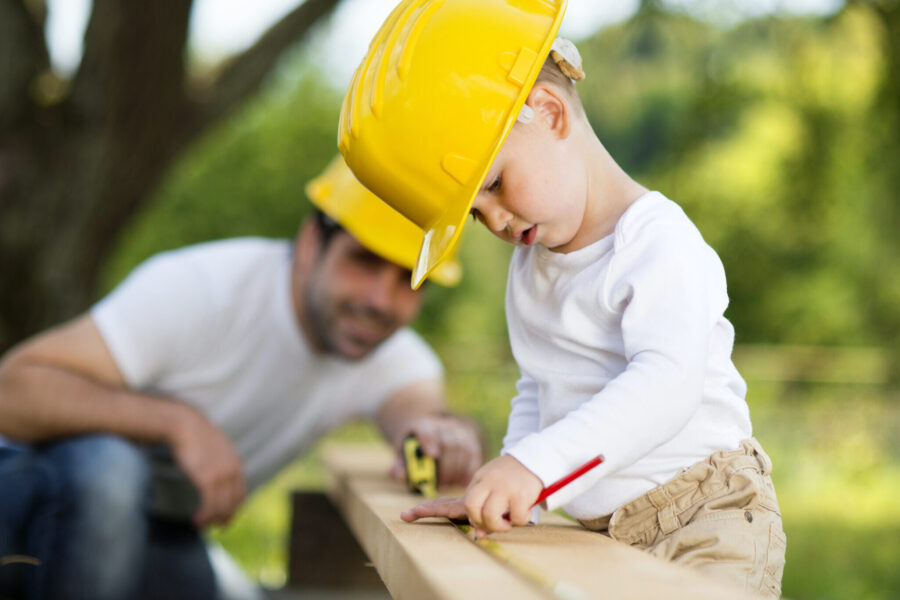Teaching young children about measuring size, length, and weight is a fundamental aspect of their early education. It is a skill that not only lays the groundwork for more advanced mathematical concepts but also has practical applications in everyday life. Preschoolers are naturally curious, and with the right guidance and engaging activities, they can develop a solid understanding of size, length, and weight. In this comprehensive guide, we will explore various strategies and activities to teach preschoolers about these important measurement concepts
Teaching Length
The concept of length can be introduced to preschoolers in a fun and interactive way. Here are some steps to help your child grasp the idea of measuring length:
1. Non-Standard Units
Begin by using non-standard units of measurement, such as building blocks, paper clips, or even your child’s own shoe size. These everyday objects are relatable to children and make the learning experience more tangible.
2. Measurement Exploration
Take your child on a measurement exploration around your home or during a walk in the neighborhood. Encourage them to select objects they are curious about measuring. For instance, they could measure the length of a table, the width of a book, or the height of a chair.
3. Using Non-Standard Units
Show your child how to use these non-standard units to measure the length of the chosen objects. Guide them to align the chosen unit alongside the object and count how many units are needed to measure its length. This hands-on approach helps them understand the concept of length measurement.
4. Transition to Standard Units
After your child has gained some proficiency with non-standard units, you can introduce them to standard units of measurement, such as a ruler or tape measure. Explain the concept of inches or centimeters and show them how to use these tools accurately.
SHICHIDA at Home provides activities that help your child explore numbers and measurement. Check out how SHICHIDA at Home can help develop your child’s cognitive ability from the comfort of your home, all while facilitating that all-important bond between parent and child.
Teaching Weight
Teaching preschoolers about weight can be an enjoyable and educational experience. Here’s how you can introduce the concept of weight measurement to young children:
1. Weighing Familiar Objects
Begin by selecting familiar objects from your child’s environment, such as toys or snacks. A kitchen scale can be a useful tool for this activity. Encourage your child to place these objects on the scale one by one and observe the numbers indicating their weight.
2. Sorting Objects by Weight
Take this opportunity to teach your child about the concepts of “heavier” and “lighter.” Ask them to sort the objects they’ve weighed into two groups: heavier objects on one side and lighter objects on the other. You can also introduce the idea of a balanced scale by having them place objects on each side until they balance.
3. Understanding Comparative Weight
Engage your child in conversations about the weight of different objects. You can ask questions like, “Which is heavier, the apple or the banana?” This helps them develop an understanding of how we compare the weight of various items.
SHICHIDA at Home provides activities that help your child explore numbers and measurement. Check out how SHICHIDA at Home can help develop your child’s cognitive ability from the comfort of your home, all while facilitating that all-important bond between parent and child.
Measuring Size
In addition to teaching length and weight, comparing sizes is an essential aspect of measurement that preschoolers can grasp with ease. Here’s how to teach them about size measurement:
1. Labeling Sizes
Start by labeling common objects in terms of their size. For example, explain that a car is big, a bicycle is medium-sized, and a water bottle is small. Use everyday objects as examples to make the concept relatable.
2. Comparing Objects
Encourage your child to compare different objects based on their size. You can ask them questions like, “Is the teddy bear bigger or smaller than the pillow?” This helps them practice size discrimination.
3. Using Measuring Cups
To further enhance their understanding of size, you can introduce measuring cups. Have your child use these cups to measure and compare the sizes of different liquids, such as water and juice. This not only reinforces the concept of size but also introduces volume measurement.
4. Incorporating Math Games for Measurement
Make the learning experience even more enjoyable by incorporating math games into your child’s daily routine. Here are some measurement-related games you can play:
5. Estimation Game
Challenge your child to estimate how many building blocks are needed to create a certain length. After they’ve made their estimate, have them count the actual number of blocks required and compare the two numbers. This game enhances their estimation skills.
6. Balance Scale Activity
Use a balance scale to compare the weight of different objects. Let your child sort and arrange objects on each side of the scale until they are balanced. This game not only reinforces the concept of weight but also introduces the idea of balance and comparison.
SHICHIDA at Home provides activities that help your child explore numbers and measurement. Check out how SHICHIDA at Home can help develop your child’s cognitive ability from the comfort of your home, all while facilitating that all-important bond between parent and child.
Incorporating Size, Length, and Weight into Daily Life
The best way to reinforce measurement concepts is to incorporate them into your daily life. Here are some practical examples:
1. Grocery Shopping
Involve your child in grocery shopping by asking them to estimate the number of fruits or vegetables you need, based on their size. This can also include discussions about weight, as you compare different packages or produce items.
2. Snack Time
When serving snacks, ask your child to estimate the number of snacks they want or the amount of a particular snack they’d like to have. For example, “How many crackers would you like on your plate?” This helps them practice estimation and portion control.
3. Cooking Together
Cooking offers numerous opportunities for measurement activities. Ask your child to measure ingredients like flour, sugar, or water using measuring cups and spoons. This reinforces both size and volume measurement.
4. Household Chores
Involve your child in household chores that require measurement, such as folding laundry. Ask them to compare the sizes of different clothing items and sort them accordingly.
Have Fun Teaching Size, Length, and Weight
Teaching preschoolers about size, length, and weight is not only achievable but can also be an enjoyable and enriching experience. By introducing concepts of length, weight, and size through hands-on activities, games, and real-life scenarios, you can help your child develop essential measurement skills that will serve as a solid foundation for their future mathematical learning. Moreover, these skills are practical and relevant to their daily lives, reinforcing the idea that learning about measurement is not confined to the classroom but is a valuable skill with real-world applications. Teaching size, length, and weight is not only informative but fun as well! So, embark on this journey of exploration and discovery with your preschooler, and watch as their understanding of the world around them grows along with their measurement skills.








